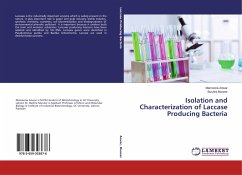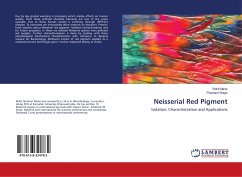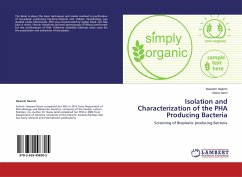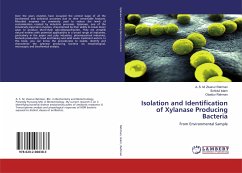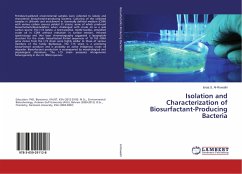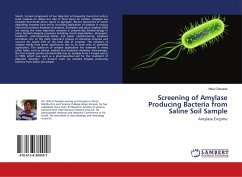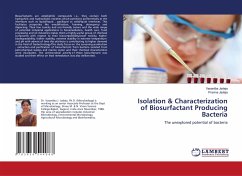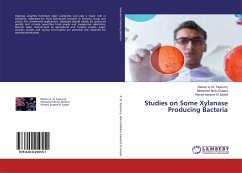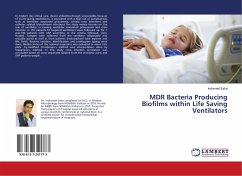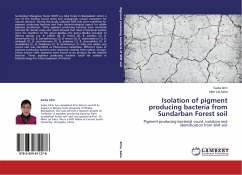
Isolation of pigment producing bacteria from Sundarban Forest soil
Pigment producing bacterial count, isolation and identification from SMF soil
Versandkostenfrei!
Versandfertig in 6-10 Tagen
33,99 €
inkl. MwSt.

PAYBACK Punkte
17 °P sammeln!
Sundarban Mangrove Forest (SMF) is a tidal forest in Bangladesh which is one of the leading tourist spots and ecologically unique ecosystem for natural resource. During this study, collected SMF soils were examined for pigment producing bacteria and their biotechnological aspect for edible pigment production. Thirty pigment producing bacteria were randomly selected for details study and result showed that most of bacterial isolates were the members of the genus Bacillus. The genus Bacillus included 14 distinct species e.g. B. subtilis (8), B. firmus (4), B. pumilus (3), B. licheniformis (2), B...
Sundarban Mangrove Forest (SMF) is a tidal forest in Bangladesh which is one of the leading tourist spots and ecologically unique ecosystem for natural resource. During this study, collected SMF soils were examined for pigment producing bacteria and their biotechnological aspect for edible pigment production. Thirty pigment producing bacteria were randomly selected for details study and result showed that most of bacterial isolates were the members of the genus Bacillus. The genus Bacillus included 14 distinct species e.g. B. subtilis (8), B. firmus (4), B. pumilus (3), B. licheniformis (2), B. pantothenicus (2), B. lentus (2), B. acidocaldarius (1), B. schlegelii (1), B. azotoformans (1), B. polymixa (1), B. stearophilus (1), B. alcalophilus (1), B. fastidiosus (1), B. lentimorbus (1). Only one isolate was coccus and was identified as Planococcus halophilus. Different types of pigment producing bacteria were observed. Among them yellow, orange, cream, brown color pigments were found to be produce by the isolated bacteria. These pigment producing bacteria could be utilized in biotechnology for natural pigment of interest.



